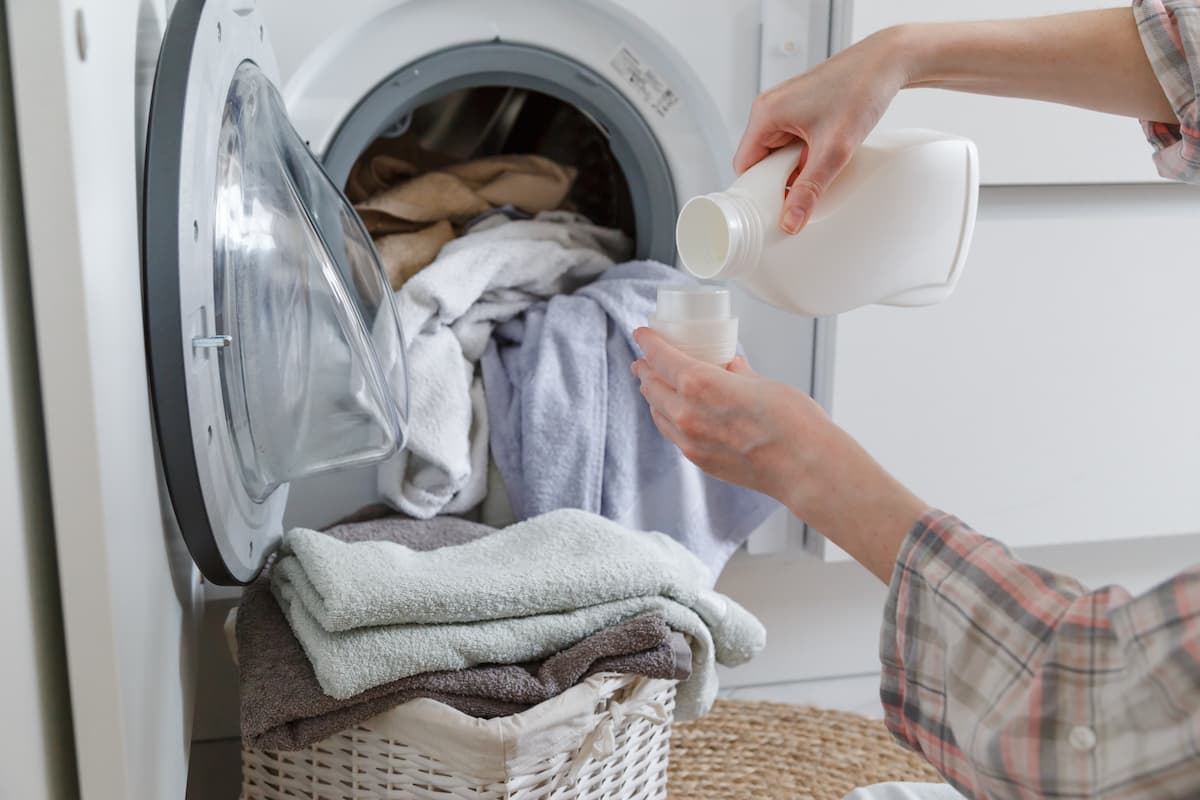Choosing a suitable location to install a junction box is essential. The junction box may contain vital electrical components, like wires, jumping-off points, switches, or circuit diversion points so it’s important to position it wisely.
Can you have a junction box in the attic?
It is possible to install a junction box in an attic, but you’ll need to ensure that it is easily accessible. The junction box must be visible in the attic, otherwise, it could be forgotten about and potentially be dangerous.
The box can be mounted to the side of a joist, or onto its top edge.
Building regulations and code inspectors are likely to approve of a junction box being located in the attic, as long as it is considered safe and visible.
Depending on the specifics of your attic, you may need to make some structural changes to accommodate the junction box.
Installing it on the top end of a joist is generally considered the safest option. In this guide, I’ll explain how you can have a junction box in the attic safely and efficiently.

Can You Install a Junction Box in the Attic?
Most building regulations allow junction boxes to be installed in the attic. The main thing to ensure is that this is done safely and efficiently, to avoid any problems occurring in the future.
- To promote safety, certain installation standards must be met when installing a junction box in the attic.
A junction box is essentially a container that houses connection centers for several circuits, in addition to other electrical components or devices. They’re not often used except for when changes need to be made to the electrical setup or to rectify an issue.
- An example of what a junction box could be used for is to connect a wire from a power source which then splits into multiple wires so that several lights can be supplied with power.
Perhaps the main safety concern surrounding the installation of a junction box in the attic is that they could be forgotten about because they’re in a space that is used less regularly than other potential locations in a house.
The most important requirement you need to adhere to when installing your junction box in the attic is ensuring that it is accessible at all times. This is likely to be phrased as “permanently accessible” in the building regulations of your local area.
For the box to be permanently accessible, you must be able to get to it without needing to remove or adjust any other structure in the attic, such as ceilings, joists, boards, or any other items.
Installing the junction box in a location that is permanently accessible ensures that if there is a problem with the electrics, it can be easily diagnosed and rectified without risk of injury.
Where Will I Find My Junction Box?
If you’ve recently moved into a new home, you need to know where your junction box is located. While this differs depending on the building, there are some places where you can look where you are likely to find the junction box.
If you have the electrical plan or wiring diagram for the building, this will help you to locate the junction box. They are usually labeled with the letter ‘J’ and should be visible on the diagram.
If you can access the space above the ceiling, a good way to locate junction boxes is by following the wires which are likely to run across the joists or ceiling insulation.
When you come to a spot where several conduits meet one another, this is likely to be an area where a junction box is located. You can look underneath the insulation to find them.
The same can be repeated in the basement or lower floor of your house. Again, look for the conduits and follow them to a point where several meets and the junction boxes should be located around there.
Unfortunately, every home is different and the junction box may be located somewhere that is difficult to find. If the above steps don’t help you to locate the box, you’ll need to look around the building in places that you perhaps wouldn’t expect it to be.
Many older houses tend to have the junction box for the lighting circuit located on the upstairs landing, for the downstairs lights. The upstairs lights are sometimes located inside the attic, somewhere near the entrance hatch.
If you can’t find the junction box after looking everywhere, you may need to ask a qualified electrician to help you locate it.
They will be experienced at finding them and will therefore know where to look if it isn‘t positioned somewhere obvious.
The Best Place in The Attic to Install a Junction Box
Installing a junction box in the attic isn’t much different from installing one anywhere else in your home. However, it’s important to install it in the safest and most accessible place possible.
There are several places within the attic that the junction box could be installed. These include:
- Joists
- Ceiling rafters
- Floor beams
- Wall stud
The key is to mount the junction box to a framing member so that it will be sufficiently supported and kept out of the way. Either of the four locations above will work just fine.
In my opinion, the best place to install the junction box in an attic is on the joist.
If you choose this location, you have two options – firstly you can mount it to the side surface of the joist, and secondly, you can mount it to the top surface.
Mounting the junction box on the side of the joist will likely keep it hidden and more discreet. Installing it on the top side of the joist will leave it visible, which may be undesirable if you like to keep your attic tidy and organized.
However, there is an advantage to using the top side of the joist for mounting the junction box – it is unlikely to have other items accidentally placed on top of it, which can easily happen if it is hidden out of sight.
This video provides a step-by-step breakdown of the process of installing an electrical junction box in the attic. The tips in the video can be used regardless of which location you choose within the attic.
While using the joist is certainly one of the most reliable locations, this may not be suitable for some attics. You’ll need to assess the specifics of your attic and make your decision based on the practicality of the space and its layout.
Can a Junction Box Get Wet?
Junction boxes, like all electrical devices and items, should be kept dry.
However, if your attic roof leaks or water finds its way into your house by some other means, you might be wondering if the junction box will be rendered useless after getting wet.
If your junction box has been exposed to water, the first thing you should do is turn off the junction box. This is important as the junction box will need to dry out before you use it again.
- Wire splices must be kept inside a junction box to adhere to electricity and building regulations. This prevents them from easily getting wet or damaged, which could happen if the splices were located outside of the junction box.
The safest option is to turn off the electricity and call out an electrician to assess whether the junction box has been damaged by water. If everything is still working, then you may have been lucky.
Waterproof junction boxes are designed to be resistant to dampness, so using one of these might be a good option if your attic or other rooms in your house are susceptible to water damage.
While these junction boxes are generally more expensive than standard models, it’s worth the extra cost to protect the inner components from damage. Waterproof boxes can also be used outside, which proves how robust they are.
If your junction box gets wet, you may need to consider relocating it to a place where it is more likely to stay dry. This may require a professional unless you are competent with electronics and are confident that you can move it safely.
Related Questions
Do junction boxes in the attic need to be covered?
Junction boxes in the attic should not be covered by insulation, especially if they are inaccessible from the underside. This is because they need to be easy to access if a problem arises so that it can be quickly rectified.
Can you install a junction box in the ceiling?
Installing a junction box in the ceiling is generally not a good idea as it will make it harder to get to. It’s advised that you only install junction boxes in locations where they can be quickly and easily accessed.
How many junction boxes can you have in a house?
You can have as many junction boxes as you like in a circuit within your house. Using multiple junction boxes is not dangerous as long as they are installed properly and safely in a suitable place.





